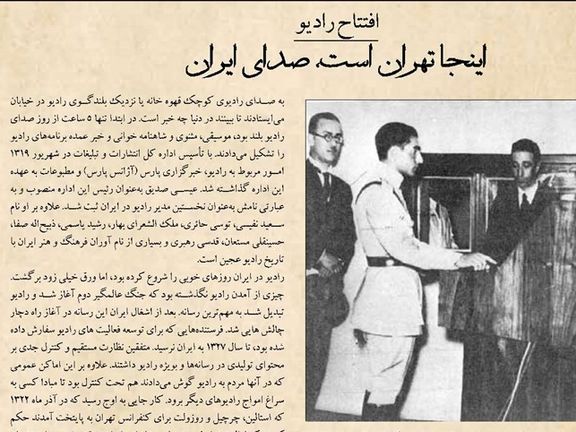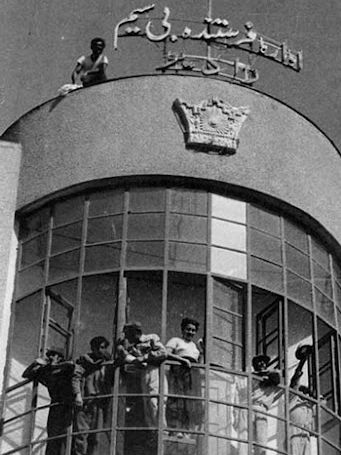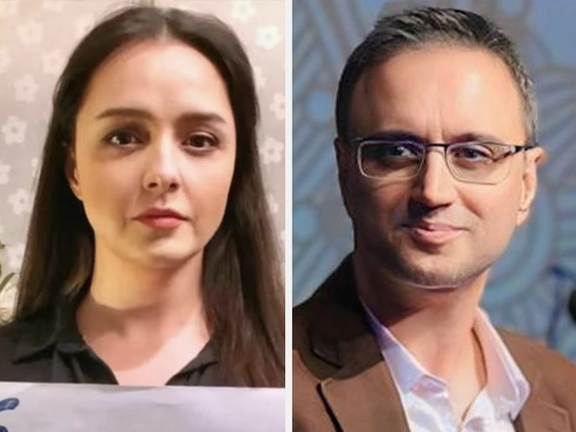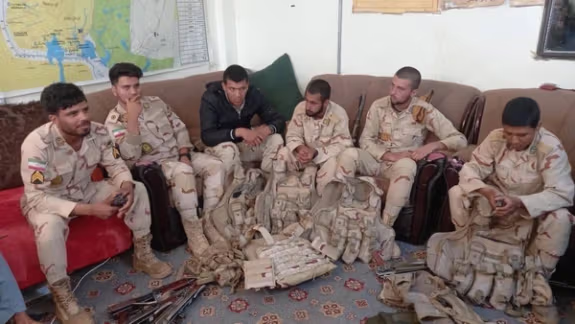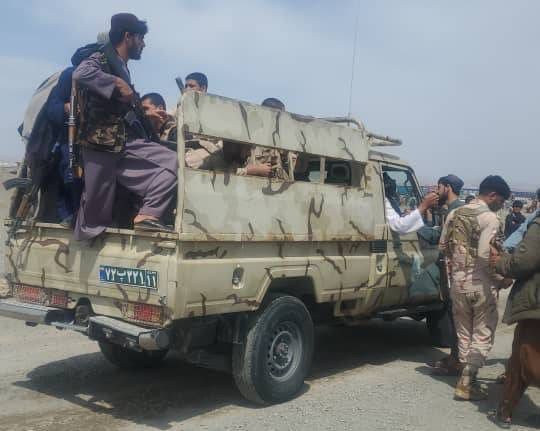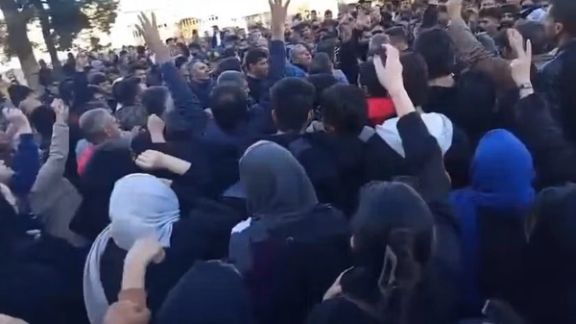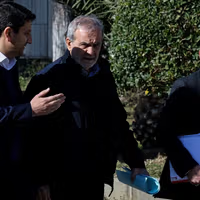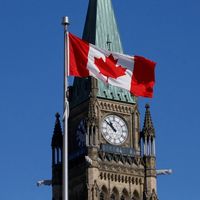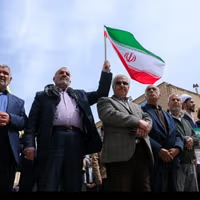On death row, his fearless dissent has seen the young artist sentenced to death in Iran's continuing flurry of executions in the wake of the 2022 Woman, Life, Freedom, movement, sparked by the death in morality police custody of Mahsa Amini for the alleged improper wearing of her headscarf.
One of Salehi's most famous political songs, "Buy a Rat Hole" in 2021, long before the death of the young Kurdish woman, addresses the corruption of Iranian authorities and the impunity of their actions. "You are a murderer if you cover up murder. To cover up murder, you must step in blood," he sang, his words even more poignant after state security forces murdered more than 500 Iranians in the wake of September 2022's uprising.
According to political analysts such as Majid Mohammadi, Toomaj's songs represent “the sentiments of a generation of young Iranians who ardently and persistently seek the regime's downfall", sentiments which rock the regime as it faces the harshest opposition since the establishment of the Islamic Republic in 1979.
He was first arrested in September 2021 when twelve intelligence ministry agents raided his home in Isfahan. Thousands of Iranians condemned his imprisonment on social media, and Amnesty International called for his immediate release in a statement released on September 17. Later that month, Salehi was released on bail.
During the height of the Woman, Life, Freedom protests on October 30, 2022, the intelligence ministry in Isfahan province violently arrested him again for his artistic activities in favor of the anti-government movement. While in custody, he was tortured severely and forced to make televised "confessions".
Toomaj was sentenced to 75 months in prison last July after the Iranian Supreme Court effectively ruled out the possibility of a death sentence. More than a year after being arrested, he was released on bail in November. Several days after his release, he fearlessly published a video message detailing the torture and mistreatment he had endured at the hands of regime intelligence agents. Almost immediately, he was re-arrested.
On Wednesday, an Iranian revolutionary court sentenced 33-year-old Salehi to death for charges linked to the 2022 nationwide protests, charges his lawyer claimed he was acquitted of earlier.
Salehi, dubbed the “world’s bravest rapper” by Western media, has a 20-day appeal period. His lawyer, Amir Raeisian, said they will challenge the ruling.
"I talked to Toomaj. He hopes to see the changes to this sentence in the legal process," Raeisian told Roydad24 in an interview on Thursday, adding that Salehi is “not worried.”
Salehi's case has touched the hearts of politicians around the world who have come out to condemn the death sentence amid soaring numbers of executions in Iran, over 800 last year alone.
Reacting to his sentence on Wednesday, US Department Deputy Spokesperson Vedant Patel said: “This is just another example of the Iranian regime's horrific and pervasive human rights abuses. We once again condemn the Iranian regime's use of the death sentence as a tool to suppress people's human rights and fundamental freedoms.”
Abram Paley, US Deputy Special Envoy for Iran, also wrote on X “We strongly condemn Toomaj Salehi’s death sentence and the five-year sentence for Kurdish-Iranian rapper Saman Yasin. We call for their immediate release.”
“These are the latest examples of the regime’s brutal abuse of its own citizens, disregard for human rights, and fear of the democratic change the Iranian people seek,” the US official added.
German MEP Max Lucks, advocate of sanctioning Iran Revolutionary Guard Corps (IRGC) in the EU, said Toomaj’s execution would be a “declaration of war on the young progressive voices in Iran,” he wrote on X. “The death sentence against him [Toomaj] shows the mullahs' contempt for the people of Iran.”
French Senator Nathalie Goulet wrote on X in French: "Toomaj Salehi has been sentenced to death. We must demonstrate to save his life."
“What kind of government kills its own children?” She tweeted in Farsi.
Gohar Eshghi, whose son Sattar Beheshti, a blogger, was killed under torture in prison in 2012, called “Toomaj the son of all Iranians” and condemned the "brutal sentence" against him.
Hamed Esmaeilion, an opposition activist in Canada, also said they will take to the streets over the weekend to support Salehi.
Large crowds rallied in European cities such as Frankfurt and Milan, on Wednesday and Thursday to call on their governments to halt the execution.
Social media platforms including X, have been trending with the hashtag #FreeToomaj, calling for his release. Videos circulating online show posters of him on the walls and highways inside Iran.
